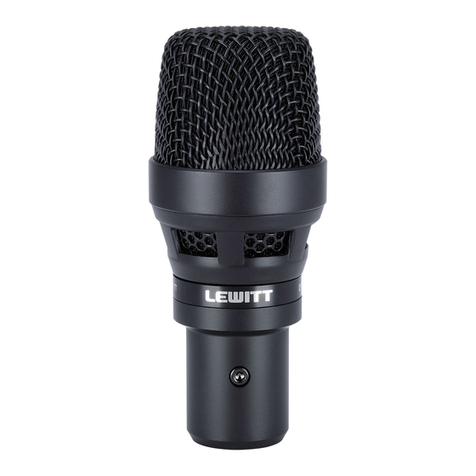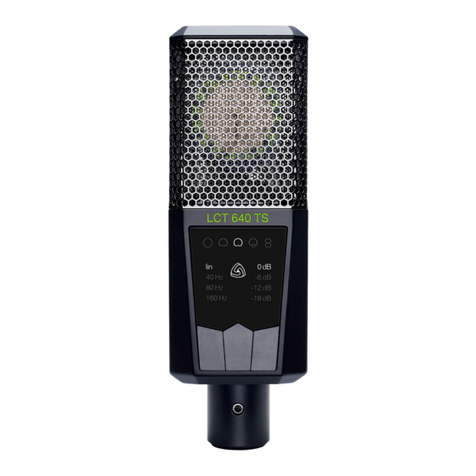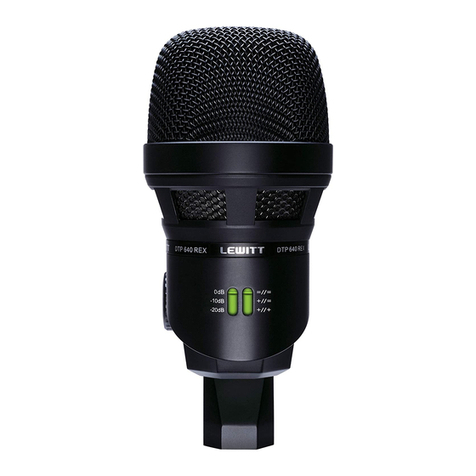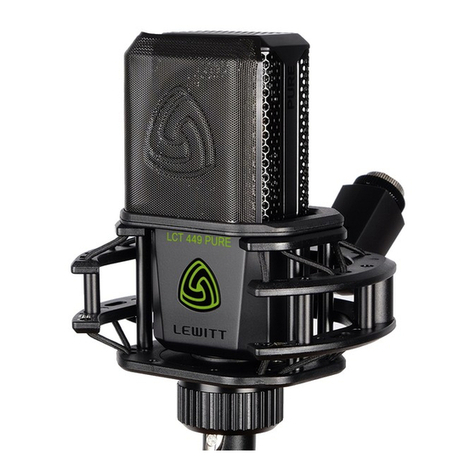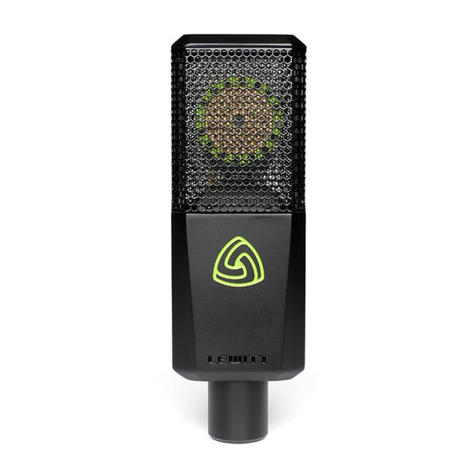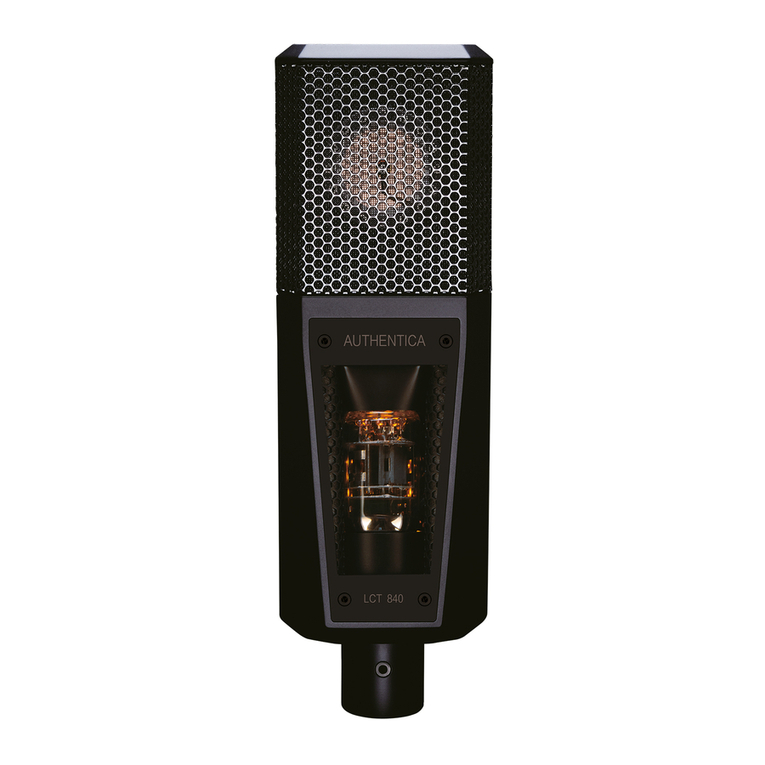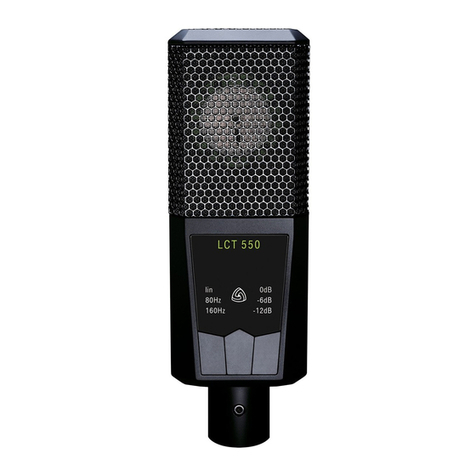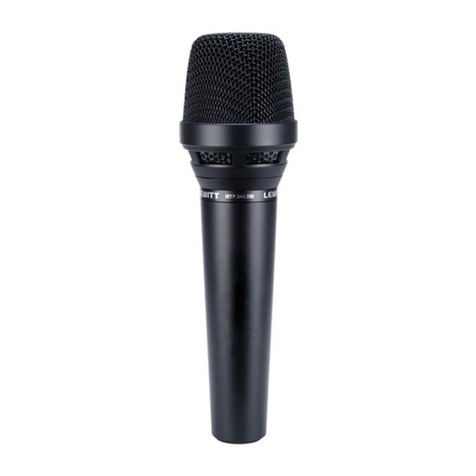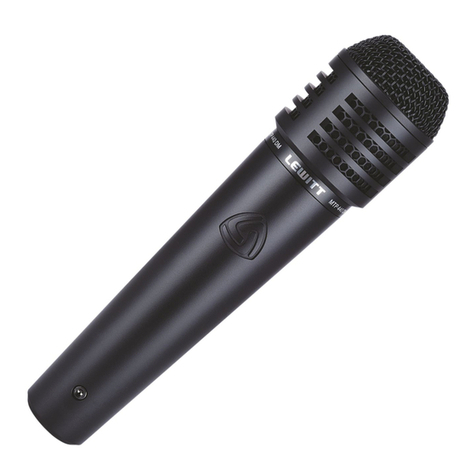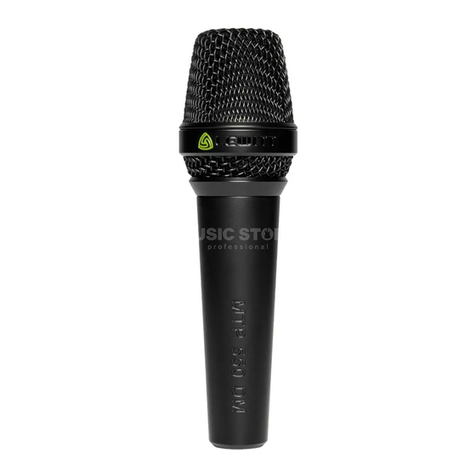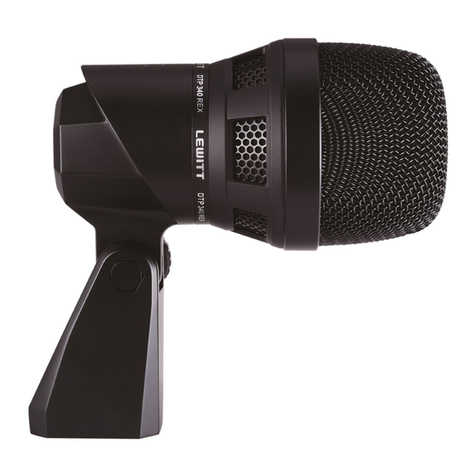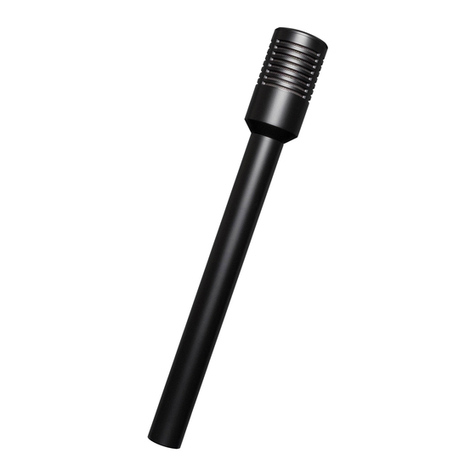2
// Index
1. Introduction......................................................... 3
2. Box contents ........................................................ 3
3. Features ............................................................ 4
4. User interface ....................................................... 6
5. Operating modes and setup ......................................... 7
5.1. Multi-pattern Mode.............................................. 7
5.2. Dual output Mode ............................................... 8
6. Important facts about polar patterns ................................. 9
6.1. How to read a polar pattern diagram ............................... 9
6.2. Most common polar patterns and characteristics ..................10
6.3. Technical background ..........................................11
7. How to create different polar patterns manually .....................11
8. Change pattern with the POLARIZER ...............................12
8.1. Installation MAC................................................12
8.2. Installation Windows............................................13
9. What to do with a Dual Output Mode? ...............................14
9.1. Automate/change the polar pattern after the recording .............14
9.2. Change the direction of the microphone, not only the polar pattern ..14
9.3. Stereo with only one LCT 640 TS ................................14
9.4. Stereo recording - the easy way..................................15
10. Stereo applications with two LCT 640 TS ..........................15
10.1. XY and Blumlein...............................................15
10.2. AB stereo ....................................................16
10.3. ORTF ........................................................16
11. Perfect Match Technology .........................................17
12. Safety guidelines .................................................18
13. Regulatory information ............................................18
